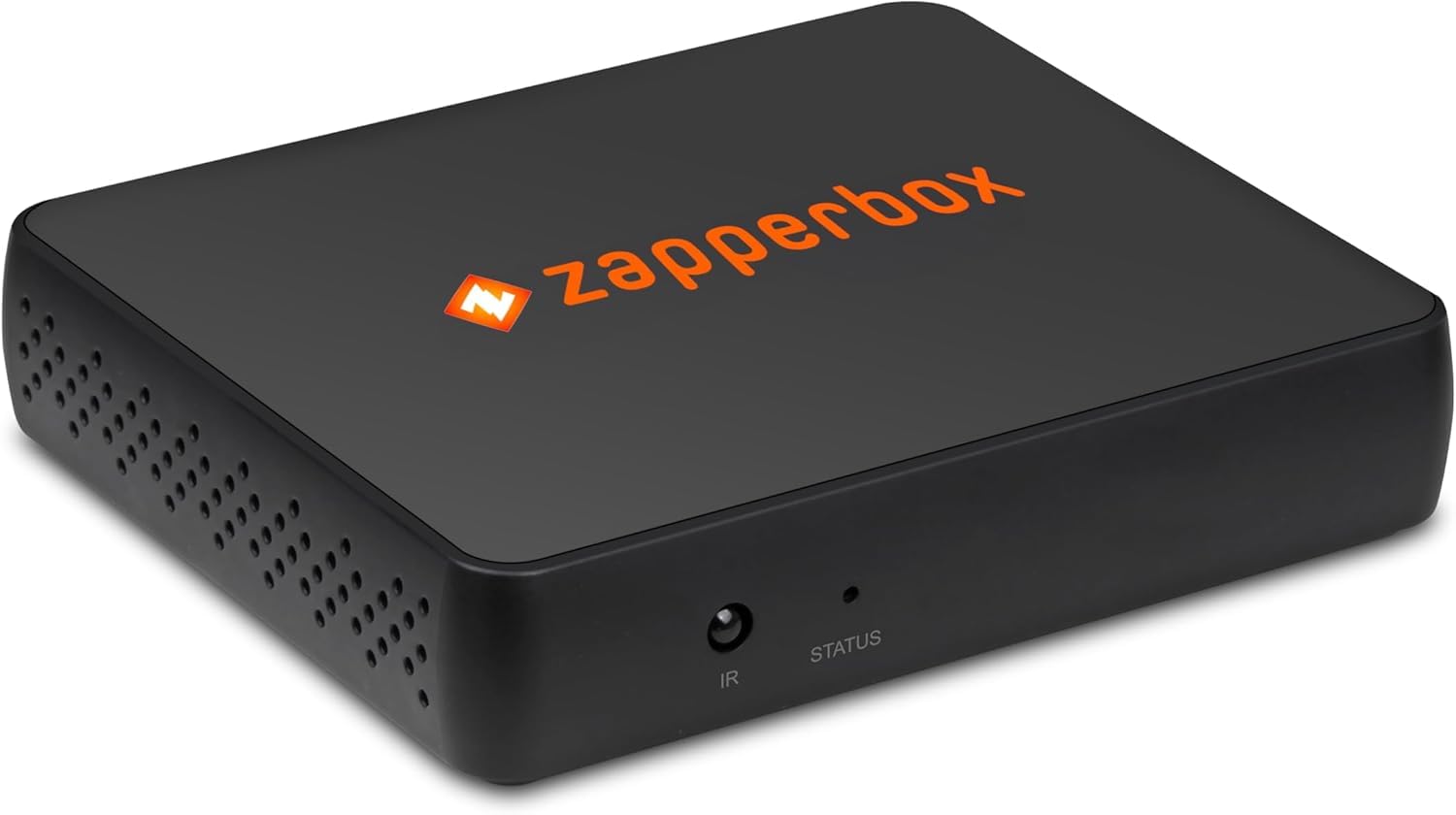DVB approves second-generation return path for satellite
The Digital Video Broadcasting (DVB) standards group has approved the second-generation version of its standard for return channels via satellite, delivering key enhancements and improved performance for IP-based interactive services. The specification, “Second Generation DVB Interactive Satellite Services,” alternatively known as Digital Video Broadcasting-Return Channel via Satellite (DVB-RCS2), is being submitted to the European Telecommunications Standards Institute (ETSI) for formal standardization. DVB-RCS2 takes advantage of advances in chip set technology and signal processing to support new operational modes. For example, the introduction of continuous phase modulation, already used by wireless modems, improves spectral efficiency sufficiently to allow use of lower-cost terminals.
The new DVB-RCS2 specification also supports increased capacity and robustness in the return channel through use of channel coding. With the forward channel already based on the DVB-S2 specification combined with generic stream encoding, it supports efficient data transport. This, in combination with the return path improvements, should make satellite a more viable medium for interactive services. Until now, inefficiencies in the return path combined with the inherent delay imposed by satellite communications have made the medium not ideal for two-way video services.
Work on the original DVB-RCS began back in 1999 to support nascent on-demand satellite services. This had gone through five revisions by 2008, including a version for mobile devices, before it was decided that a complete redesign was needed for the era of IP services. Unlike other satellite communications systems, DVB-RCS has been developed in an open environment where any DVB member can participate.
DVB, headquartered in Geneva, is an industry-led consortium of more than 250 broadcasters, manufacturers, network operators, software developers, regulatory bodies and others committed to global standards for the delivery of DTV and broadband services. DVB works closely with other bodies, particularly ETSI, which frequently provides the rubber stamp for its specifications.
The professional video industry's #1 source for news, trends and product and tech information. Sign up below.
